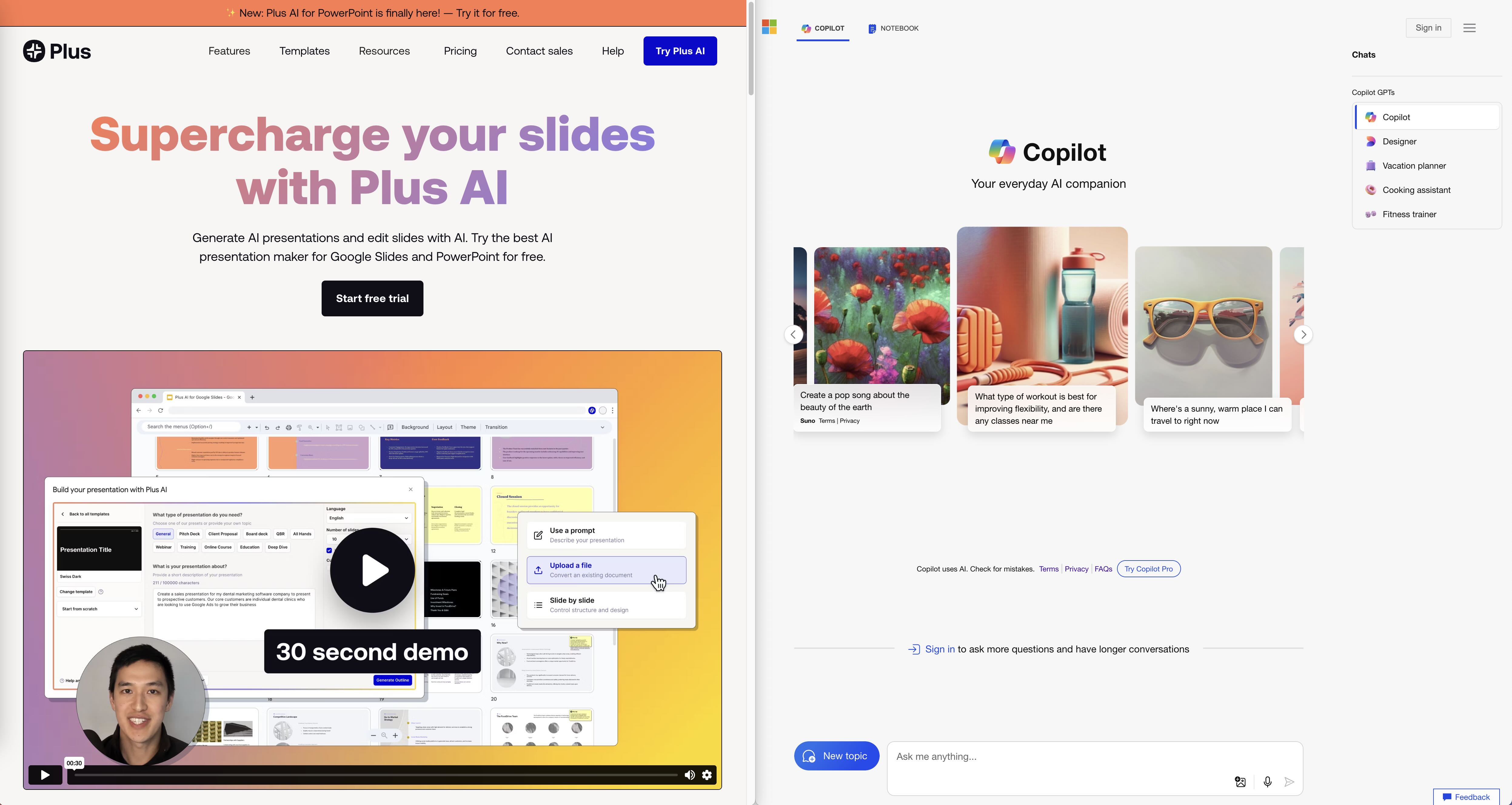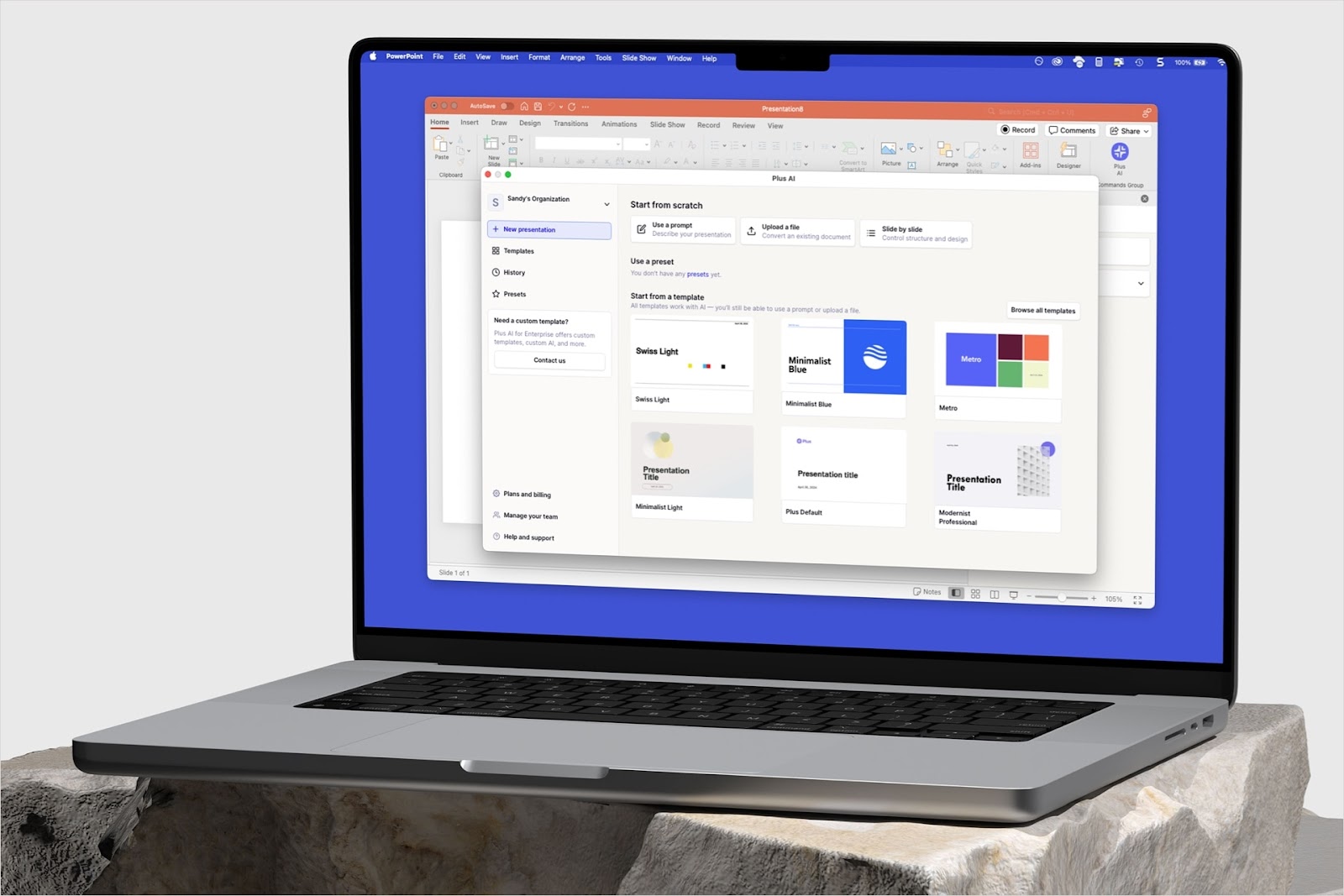💡 One of the many ways we use Plus is combining information from different sources to create up-to-date dashboards for anything, from building Plus all the way to monitoring current events. Look out for occasional posts, nicknamed “What the Plus!?” in which we’ll share what we’re keeping an eye on in the broader world, and how Plus helps us do so.
It’s been a rough year for startups and technology investors, with revenue multiples for SaaS companies dropping from 35x down to 5x in less than 12 months. Over the last few months, we have started to see more market stability and some recovery in valuations, but it’s hard to fully understand everything that’s happening in the markets and the implications for startups.
As a startup, we want to stay up-to-date on the funding landscape to understand how investors are seeing the market and what startups are getting funded. Here is a Notion page that shows off how we use Plus to pull together data from multiple sources in order to track the market and where it’s heading.
⭐ PS: This is a public template. You can duplicate it and try Plus out for yourself!
.png)
Part 1: What are investors doing?
The two charts on the left side of this page show how investors are behaving right now: The top left chart from PublicComps shows the change in enterprise value to revenue multiples for SaaS companies over time, and the bottom left chart from DocSend shows how often investors are looking at pitch decks.
The valuation chart is a good barometer for the current investor sentiment around the software market. Seeing several months of flat to small increases in valuation multiples is a positive sign for the startup funding market, as investors will have much more confidence making new investments when the market is not dropping every month.
The DocSend chart shows how often investors are looking at pitch decks. There is typically a significant drop off in activity during the holidays, although this was not true at the end of 2021/start of 2022 because of how active the funding markets were. Despite the decline in valuation multiples, one piece of good news for startups is that investors are continuing to read pitch decks as much as they were in 2021, indicating that there is still appetite to make new investments (although they will probably be at lower valuations).
Part 2: What’s hot? What are consumers and investors excited about?
The right side of this dashboard shows recent Series A announcements from Google News and the latest product launches on Product Hunt. We keep an eye on these lists to spot trends and flag specific products that we want to track.
For example, over the last few months, we’ve seen more healthcare and biotech Series As get announced and fewer consumer and enterprise software deals. When SaaS deals do get announced, we like to read more about the company and try to see how much traction they are getting in order to understand how Series A benchmarks. From what we’ve seen so far, Series A investors have a much higher bar for quantitative measurements of product market fit (e.g., monetization, large user bases) than was the case in the last couple of years.
Similarly, when a new, relevant product launches on Product Hunt, we try to learn more about the company and product so we can stay up to date on the latest GTM tactics and strategies from other successful companies.
What else would you use Plus to build?
It’s quick and easy to take a few Snapshots with Plus to create live dashboards and recurring updates! For example, a particularly relevant market landscape overview for Plus is this low code/no code dashboard. It shows headlines from TechCrunch, announcements from Notion, Coda, and Airtable, and the front page of Makerpad. This helps me keep a pulse on what’s happening in the low code market and share information with our team and investors.
***
If you have ideas on other data sources you’d want to add to these dashboards, or if you’d like to try creating your own, send me a DM on LinkedIn or Twitter. You can also request an invite to join our Private Beta on our website.

.png)






